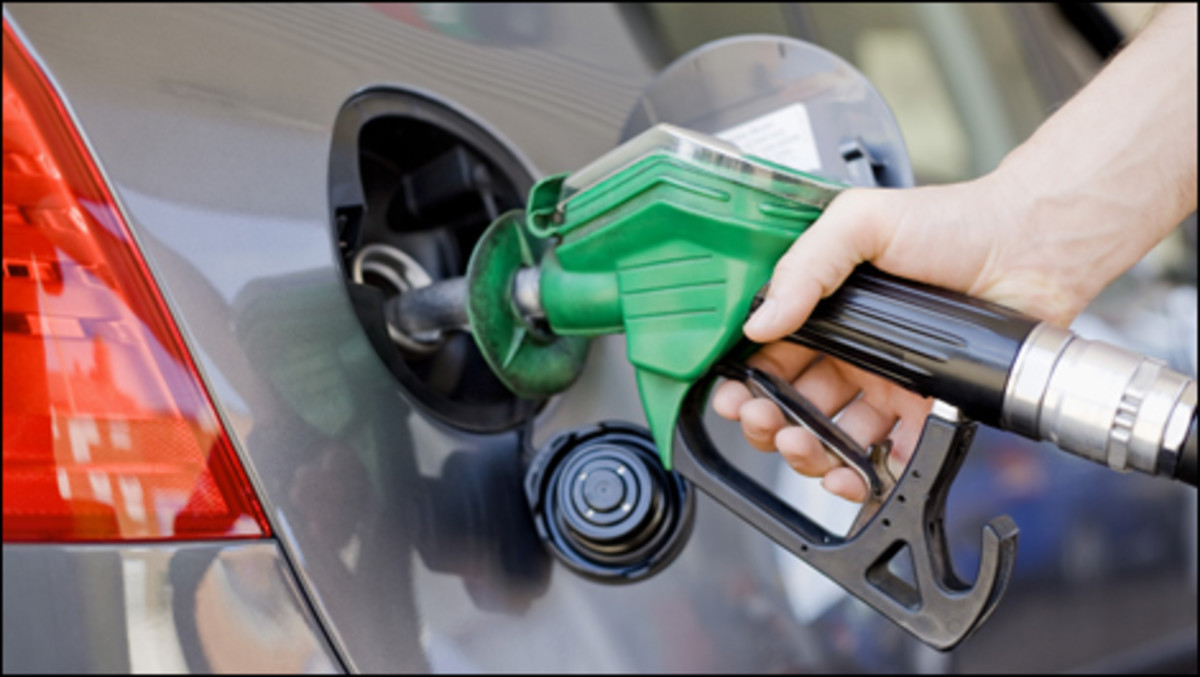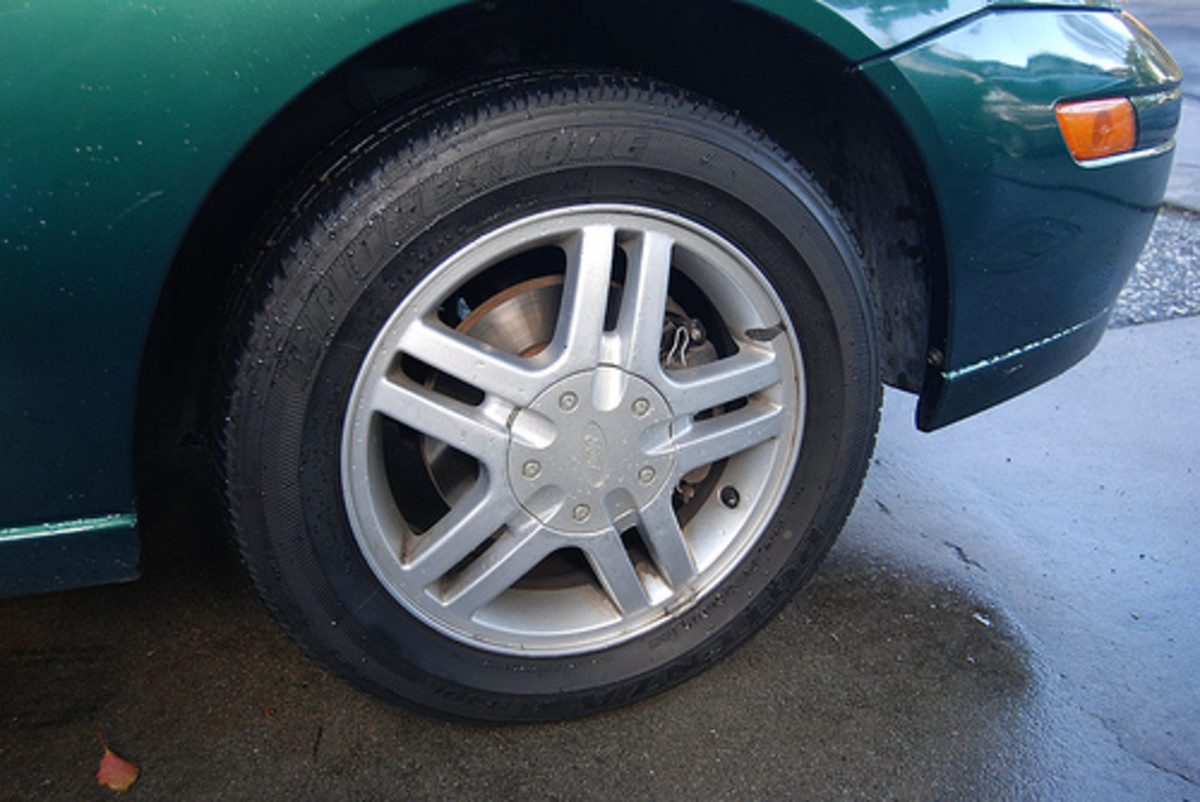Practical Car Maintenance Projects to Improve Fuel Economy
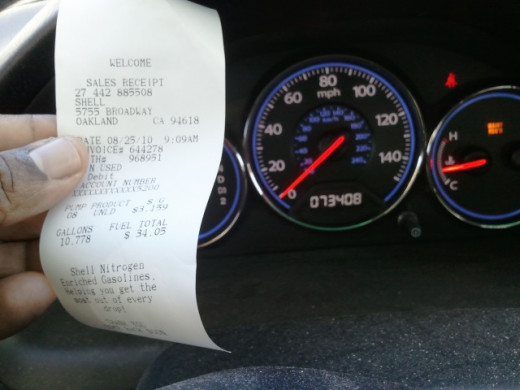
Yes, you can get better fuel economy by performing a few simple car maintenance projects in your own garage. Most of these projects require little or no money, a minimum of skills, and following a predetermined schedule. And most require just a few common tools.
For example, did you know that a failed oxygen sensor can cut your gas mileage by as much as 40%? That's a statement from the U.S. Department of Energy. Yet, in most vehicle models, you can replace this sensor yourself at home. In fact, you can service this and many other components that require attention at regular intervals by following a maintenance schedule that your car manufacturer provides.
And there's a good reason for this schedule. Most fuel consumption and car breakdown issues are associated with lack of proper maintenance, according the James Duffy in Modern Automotive Technology. So, by servicing your car at regular intervals, you not only control fuel consumption, but also help prevent premature parts failure, unnecessary repairs, and poor engine performance.
You can find the schedule guidelines and step-by-step service procedures in your car repair manual. If you don't have one yet, buy an inexpensive, aftermarket repair manual for your particular vehicle make and model at most auto parts stores or online.
Whether you need to tame the gas guzzler under the hood or just need to keep your car running at optimal conditions, these series of preventative maintenance projects will help you accomplish your goal.
So let's start.
Components with fuel economy impact you can service at home
|
|---|
Oxygen sensors
|
EGR Valve
|
PCV Valve
|
Fuel filter
|
Fuel injectors
|
Air filter
|
Engine oil
|
Spark plugs
|
Spark plug wires
|
Distributor cap
|
Tire inflation pressure
|
Tire rotation
|
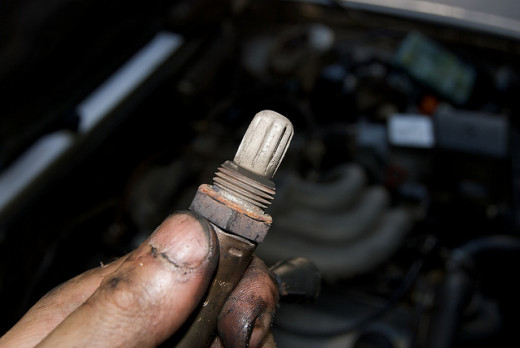
Emission Control Systems
The various emission control systems in your vehicle help keep hazardous gases down. And this translates into better fuel efficiency for your engine. Depending on your particular vehicle model, the emission systems may include several valves, and sensors you can easily check or replace. Pay particular attention to these three:
1. Oxygen sensor: Just as we said before, a failed oxygen sensor — or O2 sensor — can increase fuel consumption significantly and emissions, and decrease engine performance. Most modern vehicles have two or more of these sensors. An O2 sensor monitors the oxygen content in the exhaust stream. The car computer uses this information to regulate the amount of fuel going into the cylinders. After miles of service, the sensing element wears down and a thick layer of exhaust byproducts grows around the tip of the sensor, rendering the device useless.
Car manufacturers recommend replacing these sensors every 5 years or so, depending on your particular vehicle model, to restore fuel economy. Your car repair manual will tell you how to locate and replace these sensors.
2. Exhaust Gas Recirculation (EGR) valve. The EGR valve introduces a metered amount of exhaust gases back into the cylinders to control temperature and hazardous oxides of nitrogen (NOx) emissions. Check the valve every year and remove carbon buildup that might be starting to clog passages. EGR blocked passages will cause engine detonation and knocking, performance issues, and an increase in NOx emissions.
3. Positive Crankcase Ventilation (PCV) valve. The PCV valve helps clear the engine of blowby gases. Depending on the type of valve — if equipped — you may need to clean or replace it every 12 months. Overtime, exhaust byproducts may accumulate and obstruct the valve and related passages. This will cause sludge to cover internal engine components, accelerate parts wear, cause rough idle, increase emissions, and other problems. This valve costs just a few dollars, and you can replace it in a matter of minutes in most vehicle models, sometimes without using any tools. Check your service manual for more information.
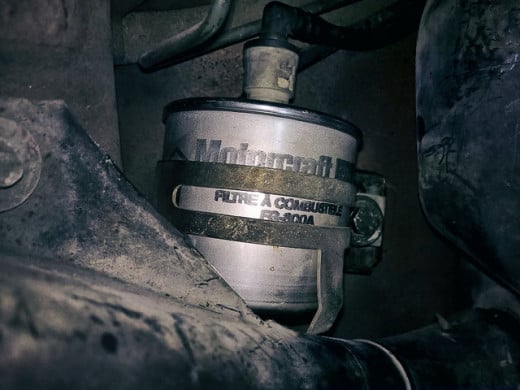
The Fuel System
The fuel system controls clean fuel supply to the engine at the correct pressure. This means you'll find a fuel filter, fuel injectors and air filter in need of regular attention.
1. Fuel filter: Usually, you'll need to replace the fuel filter every 12 months. This not only helps ensure a good supply of clean fuel to the engine and good combustion, but replacing it regularly, prevents stress and damage to the fuel pump caused by a clogging filter as well.
2. Fuel injectors: You can service the fuel injectors by adding a quality additive to the fuel tank every one or two months. This will keep the injectors clean and the fuel flowing unrestricted, giving the car computer better fuel feed control.
3. Air filter: The air filter is part of the fuel supply system. A dirty filter will reduce fuel economy by up to 11%. Check the air filter every six months by placing a bright light against the filter element. The light should shine through. Replace the filter once a year or sooner, if necessary. When servicing the filter, don't forget to carefully wipe the inside of the filter housing to remove dust and debris.
Some filters don't need a regular replacement but you still need to clean them. Follow the instructions in your car owner's manual or repair service manual. A clean air filter helps prevent fuel trim, engine performance, and fuel consumption problems.
Lubrication System
Changing engine oil is something most car owners associate with engine longevity not with fuel economy. But worn oil has an influence on fuel consumption as well.
Engine oil prevents metal components from coming into direct contact during engine operation. Yet, as oil wears thin and friction increases, it'll not only reduce gas mileage by 2% or more, but will begin to accelerate internal components wear.
Change the oil and filter at the manufacturer recommended intervals, and use the recommended oil type for your engine.
Find Your Vehicle Repair Manual

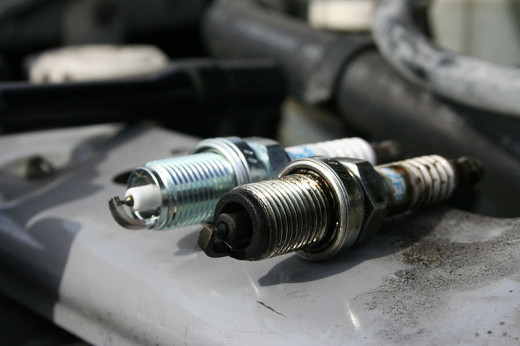
The Ignition System
The ignition system provides the voltage — or spark — necessary to burn the air/fuel mixture supplied to each cylinder. Problems in the ignition system may lead to improperly burned fuel, increase in fuel consumption, hazardous emissions, and failure of the catalytic converter (an expensive repair). But you can help the ignition system work more efficiently:
1. Spark plugs: Check the spark plugs every six months, and verify that the electrodes still have the required gap by using a wire feeler gauge. If necessary, adjust the gap using the gapping tool. And replace the plugs at the recommended interval to improve fuel combustion and reduce carbon buildup in the cylinders.
2. Spark plug wires: Check the spark plug wires resistance using a digital multimeter. Consult your repair manual for the proper procedure and resistance values. Replace the wires when resistance increases, the wire show signs of damage, or when they've reached the end of their service life. Check your service manual for the proper schedule for your particular model.
3. Distributor cap: Your service manual will give you the procedure to check the distributor cap, service interval, how to replace it, and, if necessary, the steps to check the ignition coil too.
Tires and Wheels
Since 2007, all vehicle models in the US come equipped with a Tire Pressure Monitoring System (TPMS). However, the system won't alert you until inflation pressure goes down by 25%. But even a 24% loss in pressure will cut fuel economy by as much as 4%.
1. Tires: Check tire inflation pressure at least once a month to keep your tires at the recommended pressure. On your tire's wall, you'll find the "Max psi" (maximum pounds per square inch) recommended for that particular tire. Always check tire pressure after having parked your car for two hours or more (tires cold) and inflate your tires two to four pounds below the recommended "Max psi".
2. Tire size: Also, make sure all your tires are of the same size, and the one recommended by your car manufacturer. An incorrect size will have an impact on fuel consumption as well.
3. Tire rotation: Rotate your tires at the recommended interval to prevent uneven wear, which will cause your engine to work harder and increase fuel consumption.
4. Wheel alignment: The same goes for wheel alignment. Alignment issues will accelerate tires wear and cause your engine to work harder. Check wheel alignment once a year.
These car maintenance projects will help you improve fuel economy. And if you always wanted to start doing some vehicle maintenance yourself, this is a great way to start. Begin with these simple tasks. Later, you can add more service projects like drive belts, coolant changes, hoses; and even small repairs like starter motor and alternator replacement. It all adds up. After one year, you'll have saved hundreds of dollars in fuel, maintenance and repairs.

